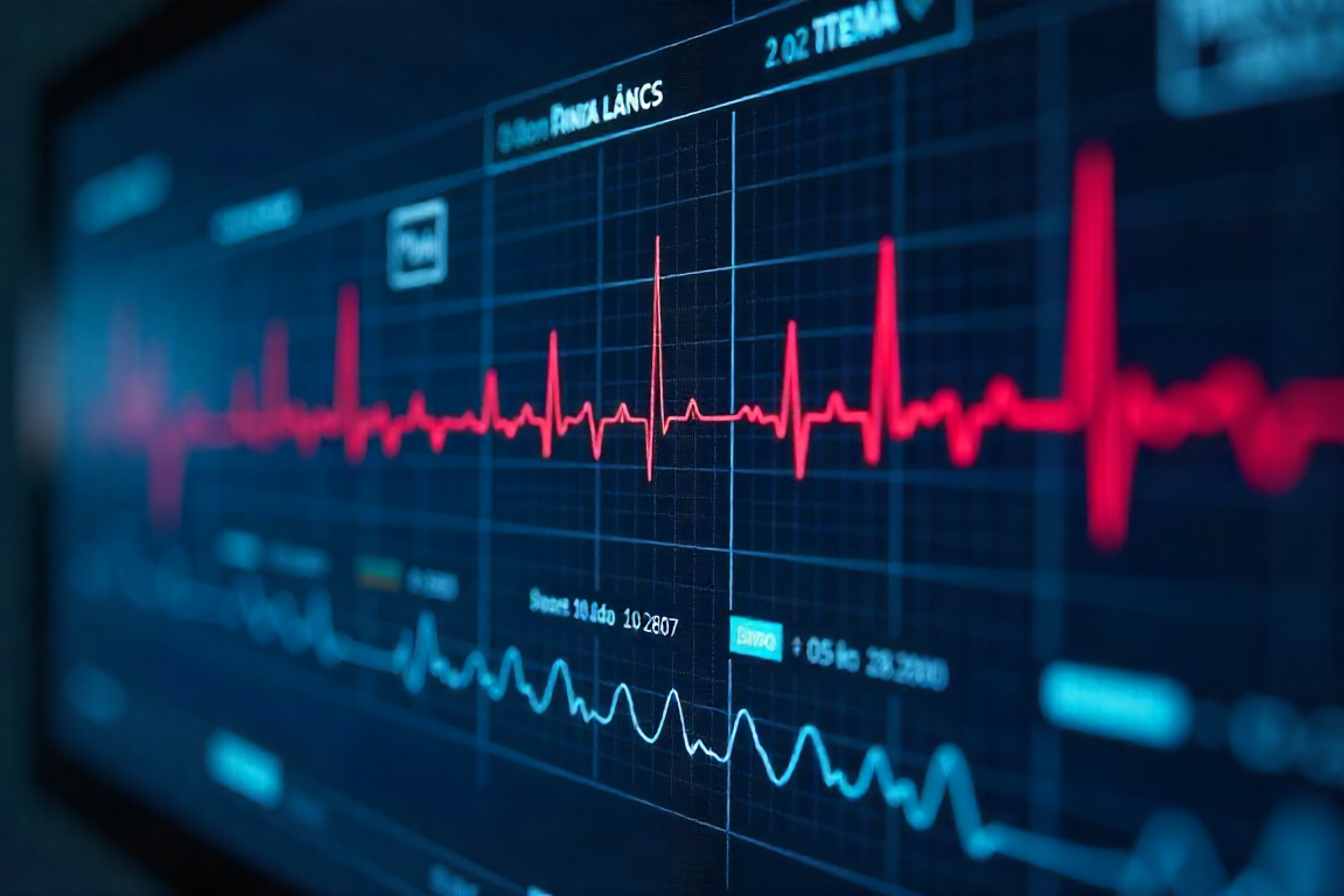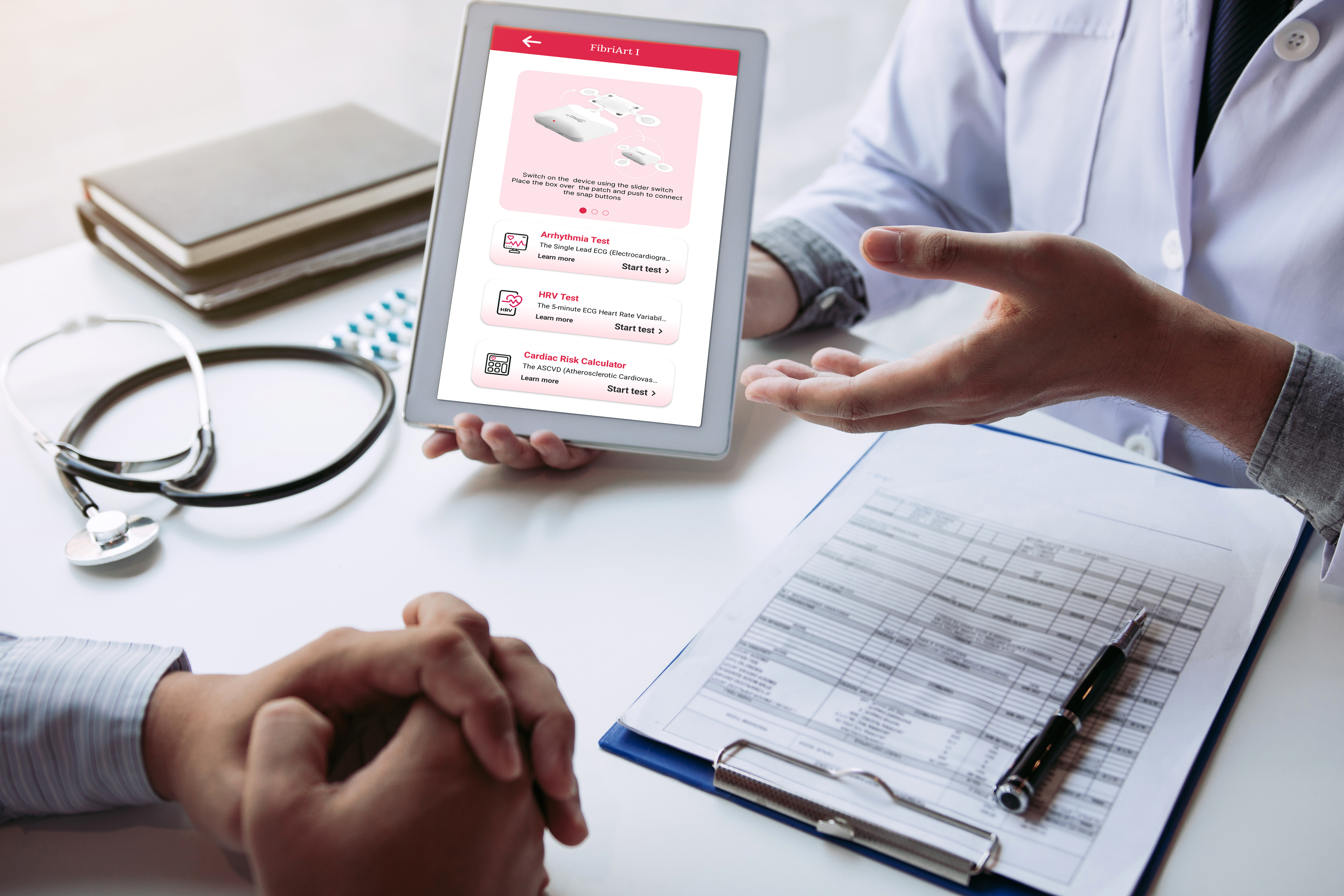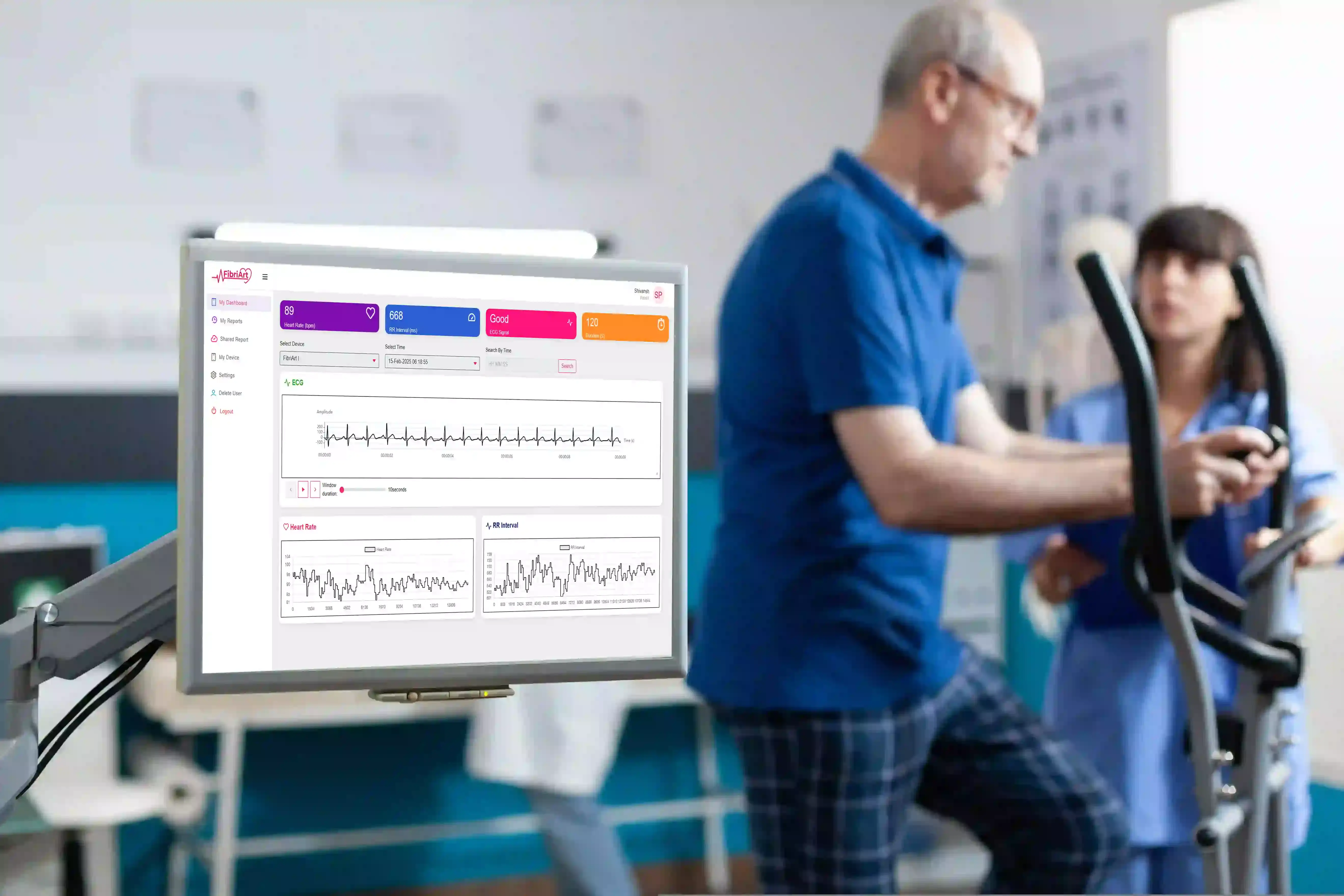Heart disease remains a threat at the global stage, as cardiac deaths exceed 5% of all deaths in the US alone. Many patients with heart rhythm disorders, such as AF, remain asymptomatic until complications develop. However, wearable heart monitors are changing the game for the early detection of arrhythmias - helping avoid the severe sequelae of stroke and sudden cardiac arrest.
Continuous Heart Rate Monitoring: Power of CHRM
It provides long-term information for heart rhythms rather than short-period tests such as a Holter monitor for 24 hours. Potentially, real-time availability for ECG patches, smartwatches, and even a ring, their continuous monitoring can reveal patterns unnoticed on short clinical examination.
Why Early Detection Makes a Difference
- Silent Arrhythmias: Many patients suffer from arrhythmias without having noticeable symptoms. Early Detection will help prevent complications like stroke or heart failure.
- Increased Detection Rates: Research shows that continuous ECG monitoring can detect AF 60% more accurately than traditional 24-hour Holter monitors.
- Prevention of Sudden Cardiac Events: Wearable devices have shown the capability to predict complications from heart failure with up to 92% specificity, which enables doctors to intervene before the patient needs hospitalization.
How Wearable Heart Monitors Work
Wearable heart monitors employ cutting-edge technology to monitor heart activity through two main methods:
- Electrocardiography (ECG): Measures electrical signals from the heart, which are accurate for recording arrhythmias.
- Photoplethysmography (PPG): Optical sensors measure changes in blood flow and can detect abnormal heartbeats.
These technologies come in many forms:
- ECG patches: Applied to the chest for long-term continuous monitoring.
- Smartwatches and wrist-worn devices: Convenient, real-time heart rate monitoring.
- Smart rings: Compact and efficient, using LED sensors for constant tracking.
- Chest-band monitors: Superior accuracy, especially during exercise.
Clinical Evidence: Wearables Are Saving Lives
Current scientific research highlights the successful use of ECG patches and electrocardiography in detecting heart conditions, particularly atrial fibrillation (AF), and demonstrates their superiority over smartwatches and photoplethysmography (PPG) sensors:
- A study of 26,751 patients showed that continuous ECG monitoring detects significantly more AF episodes than traditional clinical methods, proving its effectiveness in long-term monitoring.
- The Apple Heart Study, which included 419,297 participants, demonstrated an 84% positive predictive value for detecting irregular cardiac rhythms using smartwatch-based PPG. However, smartwatches only provide intermittent monitoring, which may miss brief AF episodes.
- Photoplethysmography (PPG) Sensors: PPG sensors, commonly used in smartwatches, have demonstrated high sensitivity in controlled settings. However, their accuracy can be compromised in real-world conditions due to motion artifacts and other external factors.
- ECG Patches: Wearable ECG patches offer continuous, medical-grade monitoring, providing superior accuracy and reliability in AF detection compared to smartwatches and PPG sensors.
While smartwatches and PPG-based devices offer convenient, widespread screening, they may lack the continuous, high-fidelity data that ECG patches provide. Electrocardiography remains the gold standard for accurate AF detection and long-term cardiac monitoring, making ECG patches a preferred choice for clinical diagnosis and management.
The Impact on Practice: Early Detection in Action
Sarah, a 45-year-old woman, was doing perfectly fine on that day. She was wearing a continuous ECG monitoring patch and received an alert for irregular heart rate fluctuations. At the same time, her doctor also received the alert and reviewed the recorded data. After analysing the irregularities, her doctor provided necessary guidance and advised her to visit the hospital for further evaluation. Concerned, Sarah followed the advice and was diagnosed with paroxysmal atrial fibrillation. With early detection, she could take preventive measures to reduce her chances of stroke and heart failure.
Debunking Myths Surrounding Heart Rate Monitoring
Myth #1: Heart rate monitors are only helpful for those who have heart disease.
Fact: These devices benefit everyone, including those who don't have a diagnosed condition. They act as a preventive measure to catch the early warning signs.
Myth #2: Wearable heart monitors aren't sensitive enough to identify arrhythmias.
Fact: ECG technology has been improved so much that these devices are very sensitive. For example, Zio, ATsens, Smart Kardia show over 98% sensitivity for atrial fibrillation.
Future of Wearable Heart Monitoring
Wearable heart monitor technology is advancing globally, enhancing accuracy and integration into healthcare systems. Projections indicate that by 2030, atrial fibrillation (AF) will affect approximately 12.1 million individuals in the United States (afibsurgeons.org). In Europe, the number of people with AF is expected to increase by 70% over the next decade (emjreviews.com). Globally, the prevalence of AF is estimated to be around 37.5 million and is projected to rise by more than 60% by 2050 (fortunebusinessinsights.com). The widespread adoption of wearable cardiac monitors has the potential to significantly improve early detection and management of cardiac events, potentially doubling survival rates and saving thousands of lives annually.
Conclusion
Heart rate monitoring through wearables is a game-changer for detecting and managing heart arrhythmias. With ECG patches, smartwatches, and chest-band monitors, you have the freedom to know how you are in real time. And doctors have time to step in before there's a crisis. Continuous heart rate monitoring helps one take an active step forward for better health of the heart and longer lives.
Start checking your heart now - stay active and healthy with the Fibriart ECG patch.
Get Your Fibriart ECG Patch




